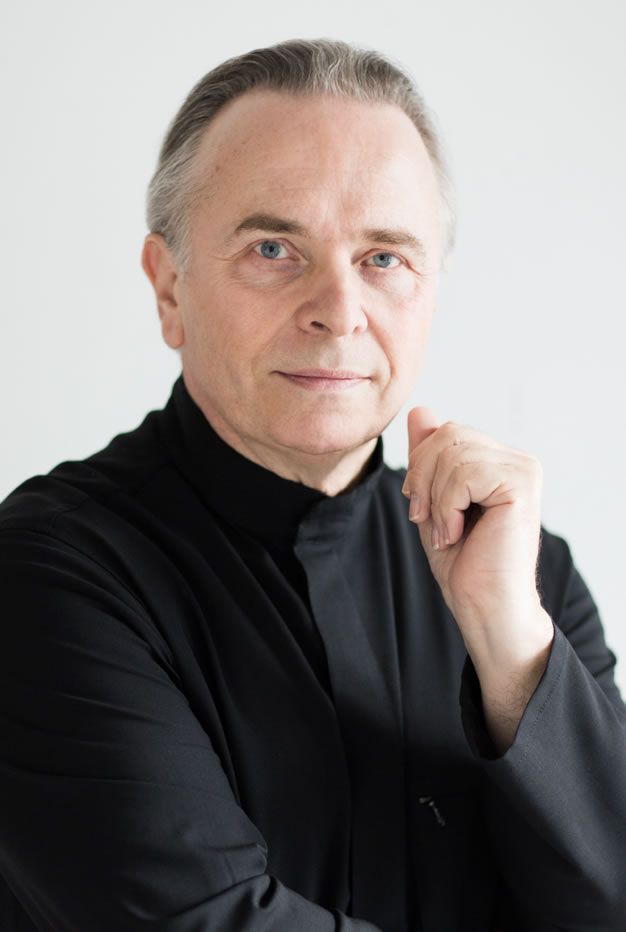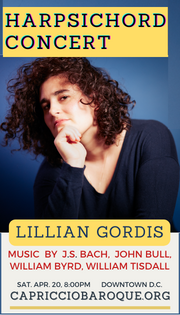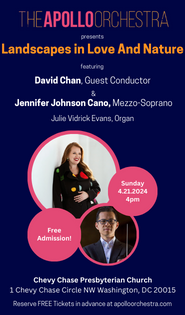Elder, NSO explore Stravinsky roots with iridescent performances

Mark Elder conducted the National Symphony Orchestra in music of Stravinsky, Ravel and Rimsky-Korsakov Thursday night. Photo: Jan Bealovega
No composer creates his musical style from nothing. Scholar Richard Taruskin demonstrated the debt of Stravinsky, whose revolutionary early ballets seemed so innovative, to Russian folk music and his compatriot romantic forebears like Rimsky-Korsakov.
For a guest appearance with the National Symphony Orchestra this week, heard Thursday night in the Kennedy Center Concert Hall, British conductor Mark Elder drew the same connection between those two composers in works premiered just a few years apart.
Rimsky-Korsakov premiered his opera The Legend of the Invisible City of Kitezh and the Maiden Fevroniya at the Mariinsky Theater in St. Petersburg in 1907, a year before his death. Drawn from Russian folk legends, the libretto concerns a city that is miraculously taken away, saving a prince and the woman he loves by translating them into an eternal life somewhere between worlds. The composer brought together four sections of instrumental music to make a suite, performed here for the first time by the NSO.
Elder, the principal conductor of Manchester’s Hallé Orchestra, elicited some rarefied, subtly blended sounds in his first visit since 2014. He often seemed to keep the strings in check, which produced a gossamer, shimmering sound in the Prelude to Act I. This allowed the woodwind solos to peep through the texture, as with the croaking bassoon, skittering piccolo, and clarinet cuckoo call. Two balalaika players, invited to stand for their strumming solo in the second movement, added an authentic folk music touch to the sounds of the Wedding Procession of Fevroniya, heavy on the sleigh bells and double glockenspiel.
The brass powered the sweeping crescendo into the battle scenes, although Elder was careful not to let them simply overwhelm the ensemble. Rimsky-Korsakov called for a prominent celesta in the mysterious final movement, as Fevroniya dies, following strange birds into the invisible city as it transforms into a new paradise. The celesta shadows many solos, by woodwinds and strings, not so much doubling as highlighting the major points, like the golden edges of heavenly garments in an Orthodox icon. Two harps and tubular bells reinforce the image in a striking sonic landscape. The only misstep in this striking orchestration is a violin solo doubled by oboe, which was rather difficult for the two players here to keep in tune.
Stravinsky drew from the same instrumental palette in his extraordinary score for The Firebird, his first ballet for Diaghilev’s Ballets Russes in Paris. Stravinsky was also composing on a story drawn from Russian folk legends, and he added even more woodwinds and brass to the mix, also using three harps instead of two harps. In a nod to the importance of the celesta part, Elder had the instrument moved to the center of the orchestra. The NSO here played the complete ballet score, which it last performed for an unsatisfying theatrical production at Wolf Trap last summer.
Composers create suites from ballet scores because long stretches of music can be dull without the movement of the dancers. Elder ran into the usual problems with the complete score as tempos did not always line up with the expectations of the choreography (absent here but in the back of the mind of anyone familiar with it). The conductor, in urbane comments at the opening of the concert, stated that the orchestra was going to tell the full story, but without supertitles or even a list of actions in the program, the audience was left largely to its imagination.
The playing was strong, with plangent solo work from both oboe and English horn, virginal sweetness from the flute solos in the music for the thirteen princesses, and heroic fortitude from the horn themes of the questing Tsarevich. If the pantomimes of the Kaschei section were not particularly grotesque or memorable, the NSO came to life in the active, driving music for the battle of the Firebird against Kaschei’s monsters. The bassoon solo in the lullaby music, as the Firebird enchants all the enemies into a magical sleep, was lush and somnolent.
In between the Russian pieces was Ravel’s Piano Concerto for the Left Hand, a work whose harmony and orchestration were influenced by Russian music, among other things. It opened in a seething murk created by the double basses, out of which rose a mud-splatted solo in the contrabassoon.

Jeremy Denk
Confined to one hand, soloist Jeremy Denk did not always produce a fully expressive or varied sound, especially in the slower outer sections. He did the most with the faster, march-like middle section of the piece, although tempo disagreements with Elder and the orchestra made that sound somewhat scattered. The NSO took up the slack, doing the most with the orchestration of Ravel, another acknowledged master of the art, which proved more diverting than what was happening at the keyboard.
The program will be repeated 8 p.m. Saturday. kennedy-center.org/calendar/event/NRCSF; 202-467-4600.






